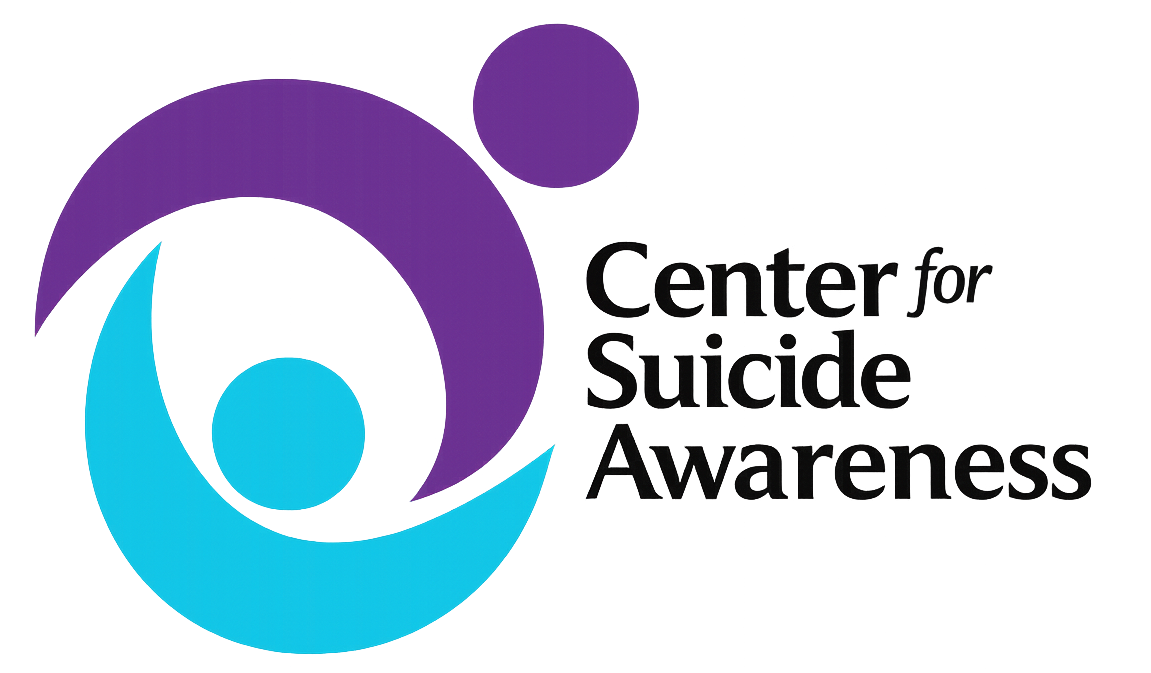Newton’s Law of Motion and Mental Health: Why Movement Matters
Aug 25 2025 23:14
Renee Kasuboski
Sir Isaac Newton is remembered for his brilliance in physics, and one of his most famous principles is deceptively simple:
“A body at rest stays at rest, and a body in motion stays in motion.”
It’s a law of physics, but it’s also a law of life—especially when it comes to depression, anxiety, and even unhealed trauma.
The Invisible Weight of Stillness
Anyone who has battled depression or anxiety knows the feeling: it’s like a truck parked on your chest. You want to move, but an invisible force keeps you pinned down—stuck in bed, stuck on the couch, stuck inside your own mind. The house feels smaller, the world feels distant, and the prison walls are invisible but unshakable.
When the habit becomes stillness, the mind follows. Hours slip away scrolling TikTok, binging shows, or staring at the wall. Tasks pile up unfinished. Your body begins to ache. Self-image fades, and those negative voices in your head grow louder: You’re lazy. You’re worthless. You’ll never get out of this hole.
And the longer you stay still, the harder it becomes to move. Newton was right.
Habit is the Real Force
What we repeat becomes who we are. Build a routine of lying still, and stillness becomes your default. But habit works both ways: create a routine of movement, and momentum builds on itself.
I know the difference because I’ve been in both places. When I let myself stay in the rut too long, I start to despise my body, hate my reflection, and question my worth. Those are the cracks where dark thoughts seep in. But when I choose—even on the hardest mornings—to fight back with movement, everything changes.
The Chain Reaction of Motion
It doesn’t happen all at once. For me, it starts with music. Late at night or early in the morning, I hit play on the songs that make it impossible to sit still—the ones that pull me to my feet before I even realize I’m moving.
Then it snowballs:
- Movement sparks energy. My blood pumps, my body loosens.
- Energy sparks nutrition. I make better food choices, fueling my body instead of numbing it.
- Nutrition sparks clarity. My head clears, my focus sharpens.
- Clarity sparks productivity. Tasks get done, the checklist shrinks, confidence grows.
- Confidence sparks self-worth. I see myself not as stuck, but as capable, resilient, and alive.
It’s a beautiful waterfall of cause and effect—and it all starts with the smallest push to move.
Find What Works for You
Here’s the truth: not every workout works for me every day. Some days, it’s a timed workout where I set the pace and pick my own moves. Other days, it’s a slow walk along the river, a YouTube routine I stumble across, or even dancing in my living room until I’m laughing and sweating.
The point isn’t to follow a rigid plan—it’s to find what gets you moving today. Eliminate the excuses. Everyone has them, but in the end, the only person stopping you is you.
The Power of Somatic Movement
When trauma lives in the body, sometimes traditional workouts aren’t enough. This is where somatic movement becomes life-changing. These slow, intentional practices help you release the tension, fear, and emotions your body has been carrying for years.
It could look like:
- Gentle stretching while breathing deeply into tight spaces
- Shaking out your arms and legs to release stored stress
- Lying on the floor and allowing yourself to feel each muscle relax one at a time
- Moving freely to music, not with choreography, but with whatever your body needs
Somatic movement reminds us that healing isn’t only in the mind. It’s in the body, too. Each stretch, each breath, each release of tension is a step toward reclaiming power from trauma.
Accountability is Everything
It can be hard as hell to hold ourselves accountable when depression and anxiety have their claws in us. That’s why we need people in our lives who will:
- Motivate us when we can’t motivate ourselves
- Remind us of our strength when we forget it
- Be honest when we’re slipping back into the hole
- Refuse to let us waste away in stillness
If you can’t be that person for yourself right now, make sure you have someone who can be. We weren’t built to fight these battles alone.
A Final Reminder
Newton’s law tells us the truth: it’s harder to start moving than it is to keep moving. The first step is always the hardest, but once you take it—whether it’s turning on the music, walking around the block, or letting your body release stored trauma through somatic movement—you’ve set the law of motion in your favor.
And with each step, you prove to yourself that you are stronger than the invisible forces holding you down.
So if you’re stuck, remember: you don’t need to run a marathon. You just need to take the first step.
 For more on how exercise helps ease stress and anxiety, check out this
Sanford Behavioral Health article
.
For more on how exercise helps ease stress and anxiety, check out this
Sanford Behavioral Health article
.
